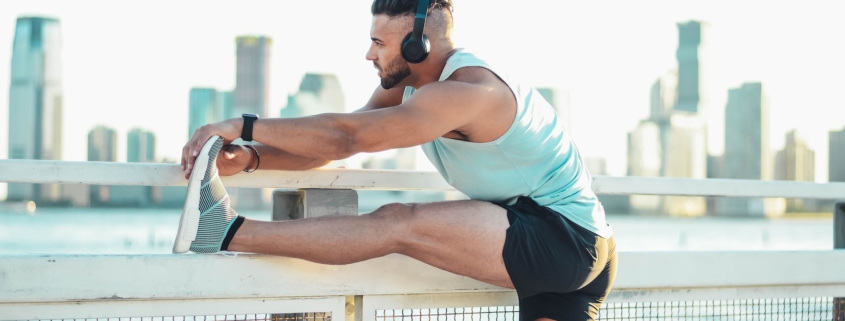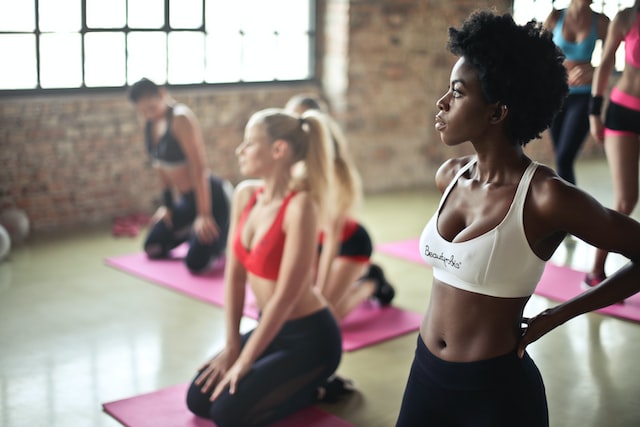More Stretching For Beginners Is Highly Recommended
It is better to do stretching before and after workout. Stretching before workout can help to prepare our muscle for continuous contraction, to have enough flexibility needs in every movement and can balanced your muscle activity. Stretching after workout can help to restore the flexibility of our muscle, can reduce the effect of continuous contractions, and can prevent the delayed onset muscle soreness.
Balanced workout is important to avoid muscular imbalances that can lead to pain, strain and injuries. It is better and safe to do all exercises under the guidance of an experienced physiotherapist for proper and balanced workout with proper posture and position.
The first question here is why do you stretch? Because you heard it’s good to stretch? Always stretch, right?
Stretching is very important, but not for the sake of itself. Stretching improves mobility and fixes our tight muscles and tendons, which allows full range of motion and in turn better joint health.
That is why the primary function of stretching should be mobility improvement.
But how to stretch for mobility? In a separate workout.
Let’s break it down.
Stretching before workout:
The primary goal of anything before workout is warming up the muscles and joints so that they can preform without injury. You do that by specific movements (or dynamic stretching, as it’s called) to loosen up the area which will be used (warming up wrists for running makes little sense, but warming them for pushups makes a lot).
Stretching in pre-workout is used to really release tightness in joints for movements where a lot of mobility is needed. For instance, you need only some warmup sets for powerlifting squats, but quite a lot of hip openers for olympic snatching.
Stretching during workout:
Stretching during workout occurs on every movement with full range of motion. Front squat stretches everything from ankles to shoulders. Likewise, a biceps curl (if the arm is fully extended) stretches the bicep.
The severity of the stretch depends on the movement, but if there is full range of motion, there will almost certainly be a stretch.
Stretching post workout:
This is the most advised, but least useful form of stretching. It may improve circulation and it may reduce soreness, but the muscle is tired and unwilling to stretch to it’s full potential which does little for improving mobility.
Stretching as a separate workout:
Some people don’t need this option, as the first and second are enough for them or they don’t need more mobility. However, for those that do need or want mobility, this is the best option.
There are many routines for stretching on the internet and many off it (like yoga). But it’s enough to just target the problem areas with specific stretches. For instance, wanting a deeper squat, I’ll target hips and ankles on my off days, adding some shoulder stretches for overhead.












Leave a Reply
Want to join the discussion?Feel free to contribute!